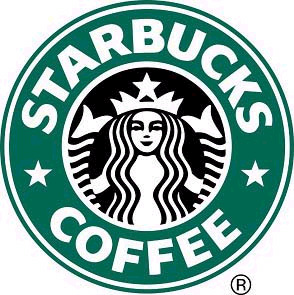
Have you ever considered that the impression you get from going to Starbucks or In-n-Out Burger is better because the people that work there are nice to you?
The customer experience is such a huge part of the brand that these retail operations give their employees extensive training and look for candidates that have a "good attitude".
CiCi's Pizza, a Dallas based pizza buffet trains their managers to create a fun and friendly experience for their customers. Energetic employees yell "Hi, welcome to CiCi's" when someone enters the restaurant. They empower their employees to go the extra distance to make the dining experience enjoyable.
With 'Brand Experience' becoming a major component of how customers evaluate a brand, don't be surprised to see this trend taking off. Consumers have less and less time in their busy lives so the few minutes of interaction that they have with a sales person or drive thru window person are critical.
Brands that seem to be suffering are the large retail chains like Circuit City where uninterested red shirted staffers ignore shoppers and seem truly "bored" with what they are doing. McDonald's is probably the best example of the "Worst Brand Experience" on the planet.
In Southern California you would be lucky to encounter a McDonald's counter person or drive-thru operator that speaks english and has any enthusiasm for what they are doing. These companies need to wake up and realize that this is the front line and consumers are going to rebel against this lackluster customer service.
Watch for Experiential Branding to be a buzz word in the next few years.
— Ross Patrick

